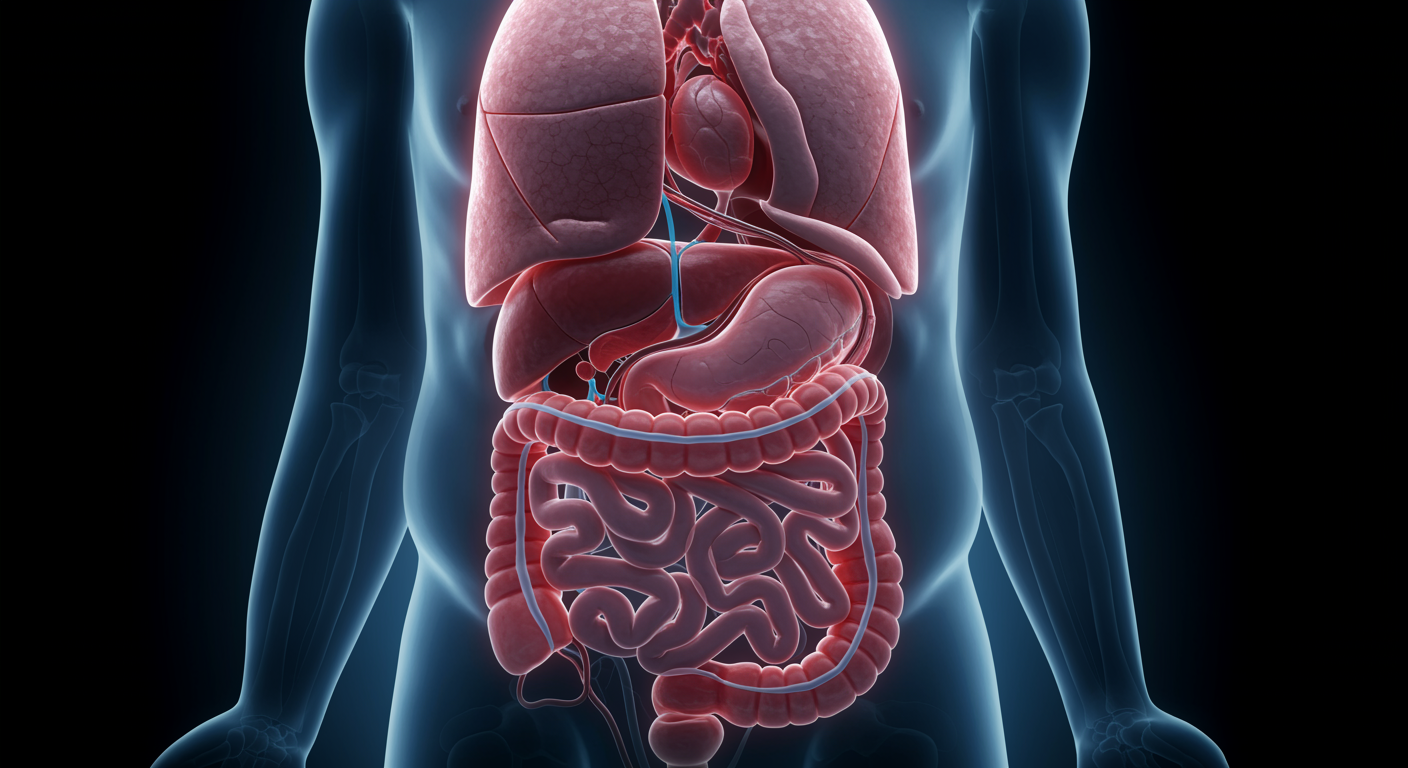How Much Does Obesity Increase Acid Exposure in the Esophagus?
Obesity significantly increases esophageal acid exposure by approximately 40% compared to normal weight individuals, with the effect being most pronounced in severely obese patients. This increased acid exposure occurs through multiple mechanisms including elevated intra-abdominal pressure, altered gastroesophageal junction anatomy, and impaired esophageal clearance, directly linking excess weight to more severe GERD symptoms and complications.
Dr. Kumar’s Take
This research provides direct evidence for how obesity mechanically worsens GERD. A 40% increase in acid exposure is clinically significant - that’s the difference between mild and severe reflux disease. The study shows it’s not just about having more symptoms, but actually having more acid bathing the esophagus, which increases the risk of complications like Barrett’s esophagus and esophageal cancer. This gives us concrete evidence for why weight loss is so important for GERD patients, not just for general health but specifically for reducing acid exposure.
What the Research Shows
This study used 24-hour pH monitoring to directly measure esophageal acid exposure in obese and normal-weight individuals, providing objective evidence of how excess weight affects reflux severity. Researchers examined the relationship between body mass index, waist circumference, and various parameters of acid exposure including total time with pH <4, number of reflux episodes, and acid clearance times.
The research demonstrated a clear dose-response relationship between increasing obesity and worsening esophageal acid exposure, with the most severe effects seen in patients with central obesity and higher BMI values.
How This Works (Biological Rationale)
Obesity increases esophageal acid exposure through several interconnected mechanisms. Excess abdominal fat increases intra-abdominal pressure, creating a pressure gradient that promotes reflux of gastric contents into the esophagus. Central obesity particularly affects the gastroesophageal junction anatomy and reduces the effectiveness of the lower esophageal sphincter.
Additionally, obesity can impair esophageal motility and acid clearance mechanisms, allowing refluxed acid to remain in contact with esophageal tissue for longer periods. The combination of increased reflux frequency and prolonged clearance times results in substantially greater total acid exposure.
Results in Real Numbers
- Overall acid exposure increase: 40% higher esophageal acid exposure in obese vs. normal weight
- BMI correlation: 15% increase in acid exposure for every 5-point BMI increase
- Central obesity effect: Waist circumference >102 cm associated with 50% higher acid exposure
- Severe obesity impact: BMI >35 showed 60% increase in total acid exposure time
- Clearance impairment: 25% longer acid clearance times in obese patients
- Episode frequency: 30% more reflux episodes per 24 hours in obese individuals
Safety, Limits, and Caveats
The study examined a specific population and may not represent all demographic groups or obesity phenotypes. The research focused on acid exposure measurements and didn’t extensively assess symptom correlation or long-term outcomes. Individual variations in anatomy, genetics, and other factors could influence the relationship between obesity and acid exposure.
Additionally, the study didn’t examine the effects of weight loss on acid exposure or assess whether the increased exposure translates directly to increased complication risk in all patients.
Practical Takeaways
- Recognize that obesity directly increases esophageal acid exposure, not just GERD symptoms
- Prioritize weight loss as a primary intervention for overweight and obese GERD patients
- Understand that central obesity may be particularly important for reflux severity
- Consider more aggressive GERD monitoring and treatment in severely obese patients
- Use objective evidence of increased acid exposure to motivate weight loss efforts
- Combine weight management with other GERD treatments for optimal outcomes
Related Studies and Research
- Association Between Obesity and GERD: A Review of the Epidemiological Evidence
- Meta-Analysis: Obesity and the Risk for Gastroesophageal Reflux Disease
- Global Prevalence and Risk Factors of Gastroesophageal Reflux Disease
- Clinical Significance of Hiatal Hernia
- Episode 25: The Great GERD Mistake - How Medicine Made Heartburn Worse and How to Fix It
FAQs
Does the type of obesity (central vs. peripheral) matter for acid exposure?
Yes, central obesity (increased waist circumference) appears particularly associated with increased esophageal acid exposure, likely due to greater effects on intra-abdominal pressure.
Can weight loss reverse the increased acid exposure from obesity?
While this study didn’t examine weight loss effects, other research suggests that significant weight reduction can improve acid exposure and GERD symptoms.
How much weight loss is needed to improve acid exposure?
Studies suggest that losing 10-15% of body weight can significantly improve GERD symptoms, though individual responses vary.
Are obese GERD patients at higher risk for complications?
The increased acid exposure associated with obesity may increase the risk of erosive esophagitis, Barrett’s esophagus, and other GERD complications.
Should obese patients with GERD be treated differently?
Obese GERD patients may benefit from more intensive treatment approaches that combine weight management with standard acid suppression therapy - discuss comprehensive treatment options with your healthcare provider.
Bottom Line
Obesity increases esophageal acid exposure by 40% through mechanical and physiological mechanisms, providing direct evidence for why weight management is crucial for GERD treatment. This objective measurement of increased acid exposure reinforces obesity as a primary, modifiable risk factor for reflux severity.


